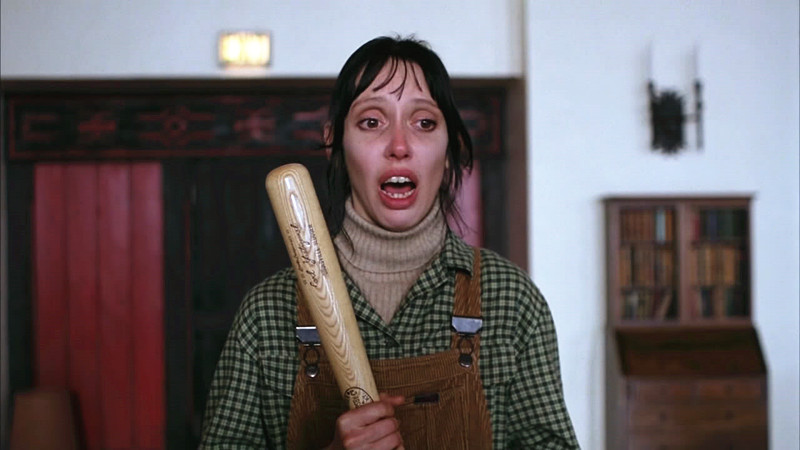
In the earliest days of cinema, there was no acting. The experimenters of cinema such as the Lumiere brothers used to place their camera at a fixed position and record the events of daily life until the film stock ran out.
In a lesser extent, it leans toward the documentary filmmaking approach of the present, but even documentaries nowadays manipulate and control the emotion through expert editing and elaborate staging. This practice was abolished soon and the need to act in front of the screen came slowly through the hands of pioneers such as Melies, Edward Porter, and D.W. Griffith. The need for a suitable cinematic expression from the actors reached its paramount importance through the technical prophecy of Sergei Eisenstein.
As Griffith and Eisenstein started to work toward achieving climatic suspense and dramatic emphasis, the camera technique evolved likewise. The camera angles started getting fixated in a close-up of the actor’s face for a decent amount of time and it became the responsibility of the actors to carry the appropriate emotion of the scene through performance.
As cinema grows with time, the freedom of interpretation grows in favor of the actor. Now they can inhabit any number of techniques to get into the skin of the character and their emotions. This method of self-analysis and emotional memory recall also has the seal of approval from Konstantin Stanislavski.
There are actors who find this approach frightening, where the cinematic and personal reality intermingles, and chooses to react in the given situation from their own life experiences in the fashion of Lee Strasberg. Regarding the various acting traditions present today, it is best to say that all of them have some redeeming quality in themselves.
In spite of all of this supposed technicality employed today, it is still extremely difficult to depict a realistic situation. There comes the mastery of the filmmaker who can capture the spontaneous reaction of its cast through various methods.
Intentional misleading of its cast from the filmmaker’s side has proven to be an excellent tool for recording real responses, whereas sometimes the actors themselves submit to the demand of the scene and express a genuine response. In either case, the actor completely submits to the situation and reveals their reaction as the result of a real-life provocation.
This gives an immense depth to the scene as the actors are not acting. Without further ado, here are 10 great real-life performances from talented performers.
1. Chest Buster scene in Alien
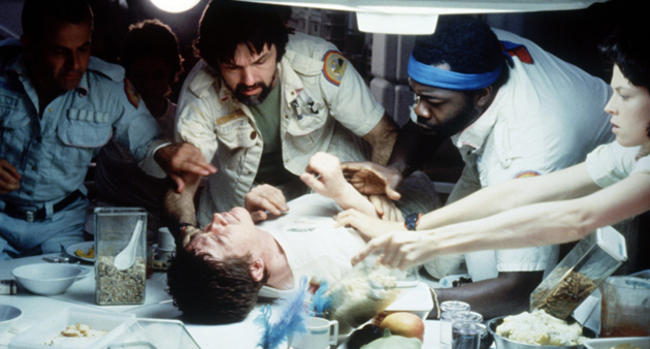
Cinema has always tried to depict the break of normalcy: the dramatic vacation that is not so often present in an otherwise uneventful life. A story starting in a sudden eventful occasion can develop the conflict of the plot and progress toward the final resolution in the end.
This first departure from regularity and the start of the conflict can be illustrated in two ways: in the form of suspense, or a surprise if a certain Alfred Hitchcock to be believed. Rarely, these two extreme ends meet together and the Chest Buster scene in “Alien” in one of its example.
The scientists and the crew are having their meal and conversing casually in the Nostromo ship when one of the members, Kane, starts to convulse. There is suspense in the act as the spectator knows something bad is going to happen from the knowledge of the preceding events, but can’t anticipate the reason.
When the baby Xenomorph burst out suddenly from Kane’s chest and flees toward some unknown corner of the ship, it is a scene of shock, terror, and gore all at once. Master manipulator Ridley Scott knows the difficulty of bringing genuine terror on the faces of the actors, so he decided not to inform the cast of the technicalities in the scene. The script only reads a line that informs that some alien thing will emerge. The cast was totally unaware of the succeeding events of their meal session, and the terror captured from their face is real.
2. Captain Benjamin Willard glass-breaking scene in Apocalypse Now
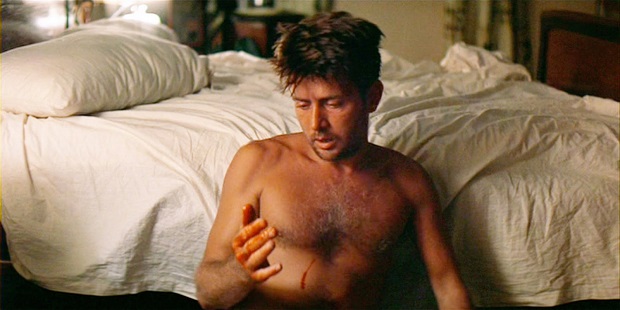
Manipulation of the actor in the hand of an auteur is not a rare sight to be seen. It has happened throughout the history of cinema, but the distinguishing factor should be the final outcome and success on the screen.
Francis Ford Coppola’s “Apocalypse Now” was such a living hell in itself that the filmmaker has admitted that his film was not about Vietnam; it was Vietnam. Apart from the problems during production, the uncooperative attitude of the cast was a big headache to manage. The cast was frequently reported taking a significant amounts of drugs and alcohol, and one of the lead actors, Martin Sheen, was largely on the payroll of drug dealers.
The alcoholism of Sheen was different from the problematic drug mania on the set, because Coppola himself encouraged Sheen to misbehave for the sake of an authentic portrayal of Captain Willard. It is an extreme example of method acting. Sheen was heavily drunk and nearly naked when he caught his sight in the mirror of the hotel room. He didn’t like what he witnessed in the mirror and punched the the glass, breaking his hand as a result.
It was all real emotion, not even present in the script, and upon witnessing this horror, Coppola decided to roll the camera instead of calling an ambulance. This is an inhuman act. However, after the recording finished, Sheen was taken care of quickly. It was the moment when the persona of Captain Willard took over Sheen, and this scene is forever imbibed in the frames of cinema.
3. Forest hunt scene in The Blair Witch Project
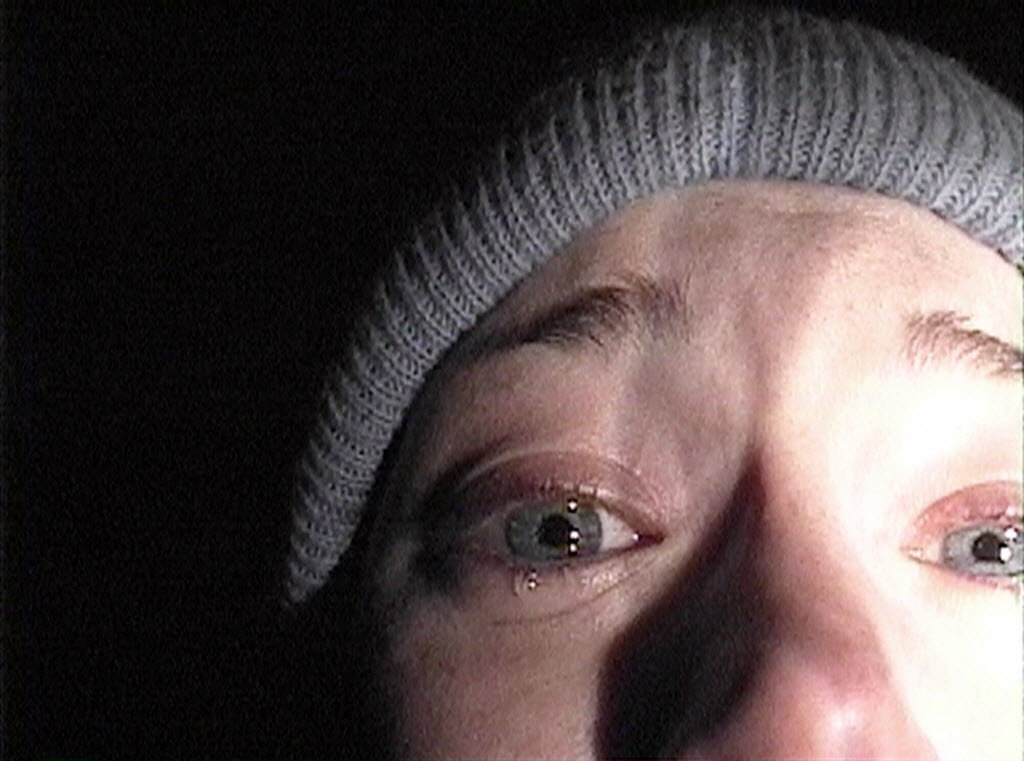
Though not the progenitor as the film frequently projects itself to be, “The Blair Witch Project” was the bellwether of the low-budget found-footage horror genre. It was the debut film of Daniel Myrick and Eduardo Sanchez, who were film students at the University of Florida at the time. Inspired by the deep impact of the paranormal documentaries of that time, in comparison to horror feature films, they decided to mix the two genres to create something new.
The script of “The Blair Witch Project” was as thinly-layered as possible and contained only a 35-page outline to instruct the cast. It highlighted various myths and legends in the script and instructed the cast members, who were roaming free in the woods on their own, in the form of hidden written messages in the film cans.
The protagonists in the film were also film students who are making a documentary about a local legend in the jungle, so this offbeat approach worked in the shooting in favor of the filmmakers. As the cast was amateur and uninitiated about filmmaking techniques, their incompetent recording with the provided camcorder served the tension and reality of the situation equally effectively.
Everything was a surprise to the young cast and they were food and sleep deprived in order to feel angry and dizzy. The filmmakers frequently scared them in the midst of the night from out of sight to exhaust them more and more.
When the cast hunts through the forest to look for one of their missing acquaintances and feels the spell of the witch legend, it was a real reaction as they were not informed of the events from the filmmakers beforehand. “The Blair Witch Project” was an intelligent, cheap, and groundbreaking exercise in the horror genre.
4. Door-breaking scene in The Shining
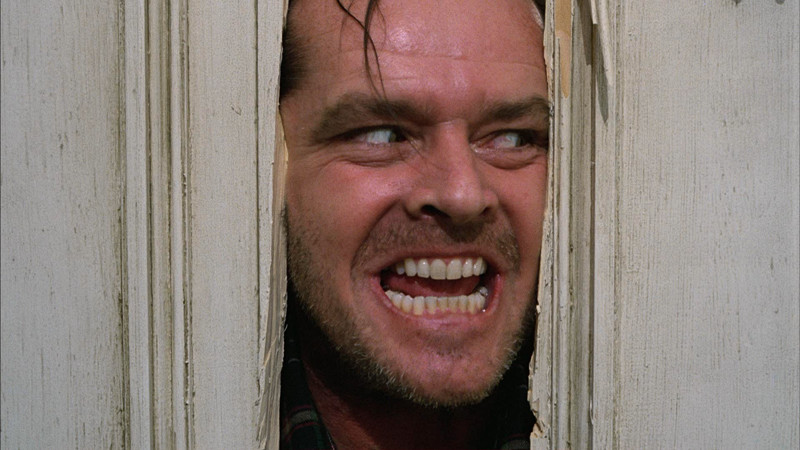
If legend is to be believed, to witness the genius of the Stanley Kubrick, one has only look into the tie of Jack Nicholson in “The Shining.” The meticulousness and genius of Kubrick is not a new story to ponder upon, and the green maze woven into the tie of the reclusive writer “Johnny” developed the central theme of confusion and a ghastly trap again proves the brilliance of the director.
The camera never zooms into the tie of Johnny to prove its point. It is a subtle puzzle waiting in the extreme background to be deciphered by the viewer. Any entry from the short but effective career of this legendary filmmaker would testify to this maniac spirit in detail, but “The Shining” is the extreme example from his films.
Like always, Kubrick was not ready to compromise his uncompromising vision to portray the mental breakdown of his lead characters. He was especially ruthless to Shelley Duvall, the wife of Johnny, who slowly loses her stability in the film. She was tormented and mocked during the whole filmmaking process by Kubrick, to the point of truly breaking her sanity.
It was a conscious decision by the filmmaker to seclude and humiliate her to bring out a provocative response. She was even forced to repeat a take 127 times to succumb to hysteria, which is a matter of Guinness record.
In the door-breaking scene, Nicholson broke 60 doors over the span of three days to finally reach to the bathroom door. Except for some breaks, during all that time, Duvall was forced by the filmmaker to wait in that room being humiliated, and the final reaction by Duvall was very real.
5. Consummation scene in El Topo
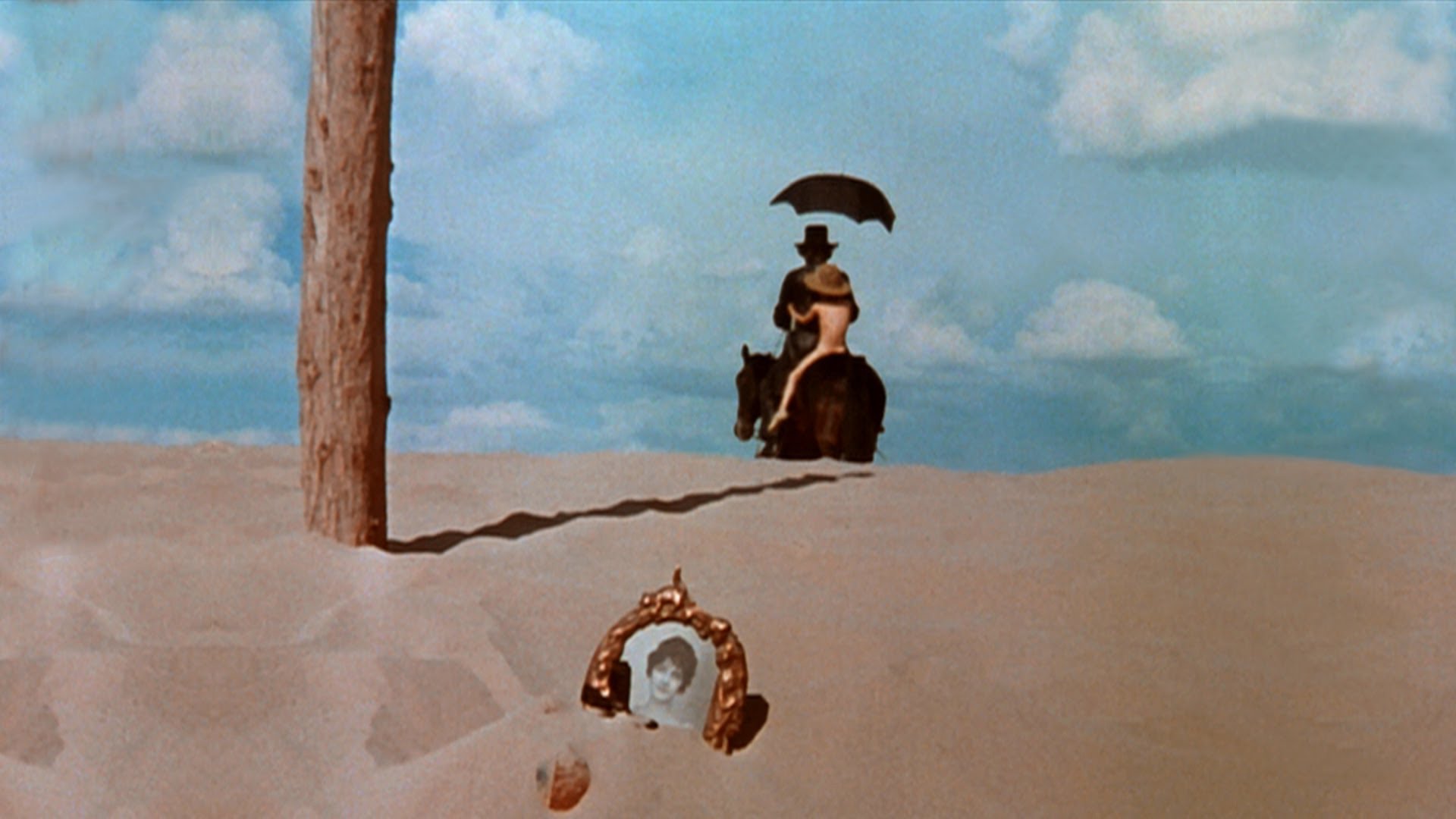
Once a midnight cult movie, Alexandro Jodorowsky’s acid western “El Topo” is now immortalized by its frequent mention in the excellent documentary “Jodorowsky’s Dune,” which revolves about the promise and hype of his shelved project “Dune.”
The vision of the stalled film feels exciting; however, the remarks made by the filmmaker in the documentary are controversial, to say the least. Once at a point in the film, talking about the consummation scene in “El Topo,” he said about the actress: “And I really… I really… I really raped her.”
The context is clearly a fictional rape scene which was shown as consummation in the film “El Topo,” after the unnamed gunslinger accepts the woman as his muse on his soul-searching journey.
He also mentioned that there was a clause in the contract of the woman to not create a relationship with the director, and this incident was only for artistic purposes. They were unfamiliar prior to the shoot, never interacted with each other, and he told the actress of the scene before doing it. However, in all circumstances, it is a selfish and cruel act from Jodorowsky’s part, and an extreme example of exploitation of the actor in the hand of the filmmaker with the excuse of real art.